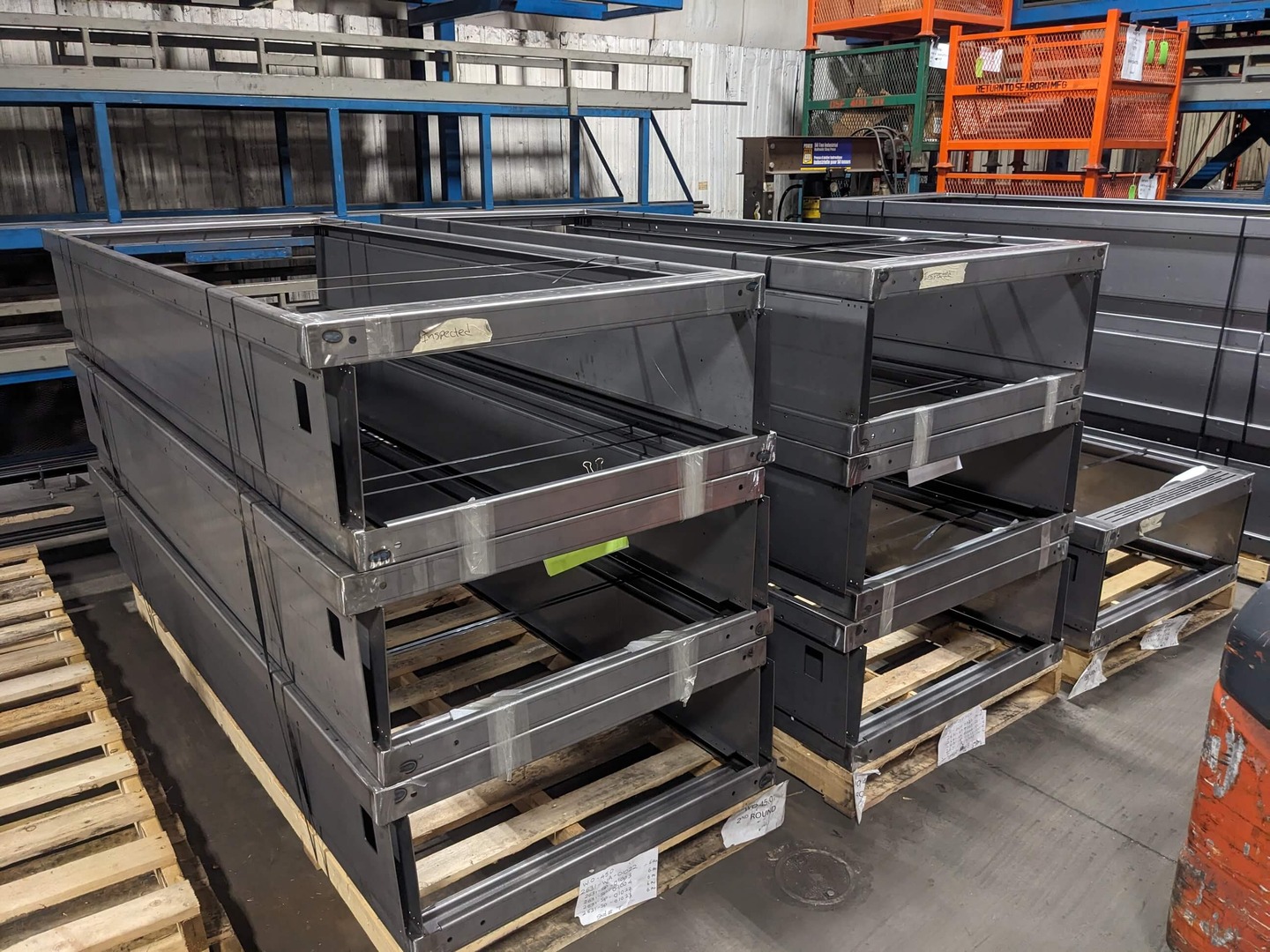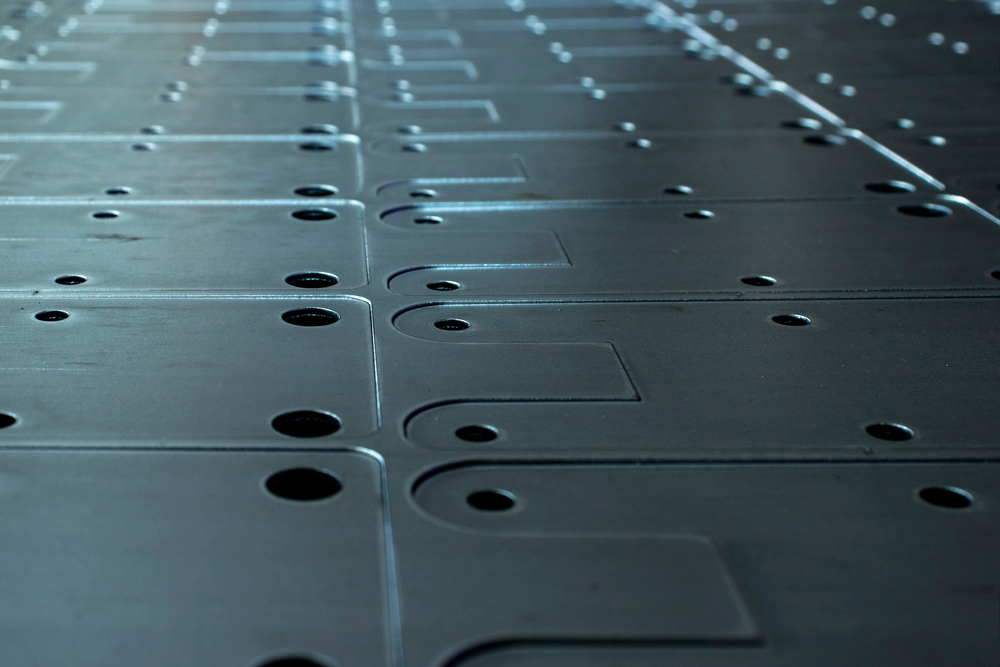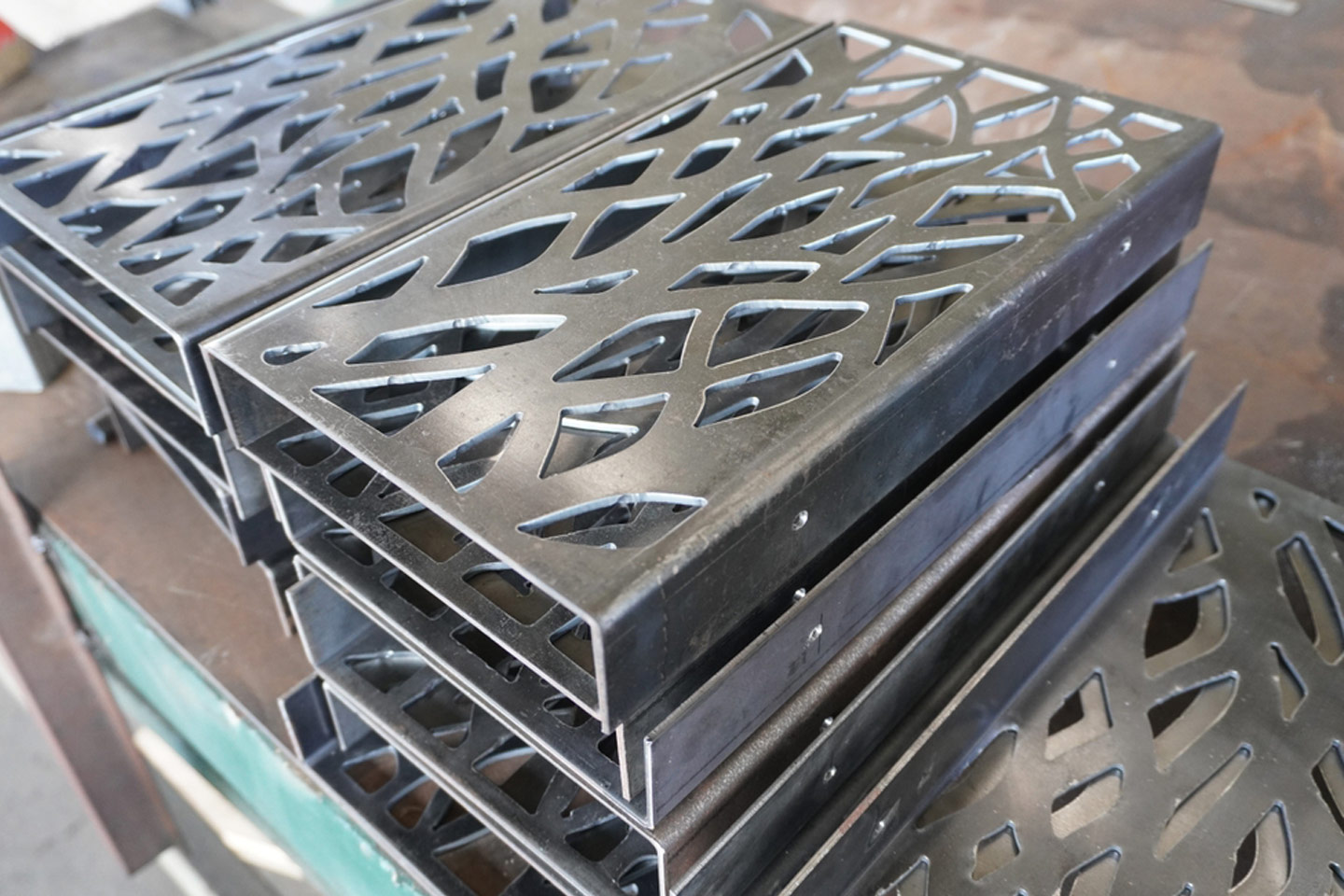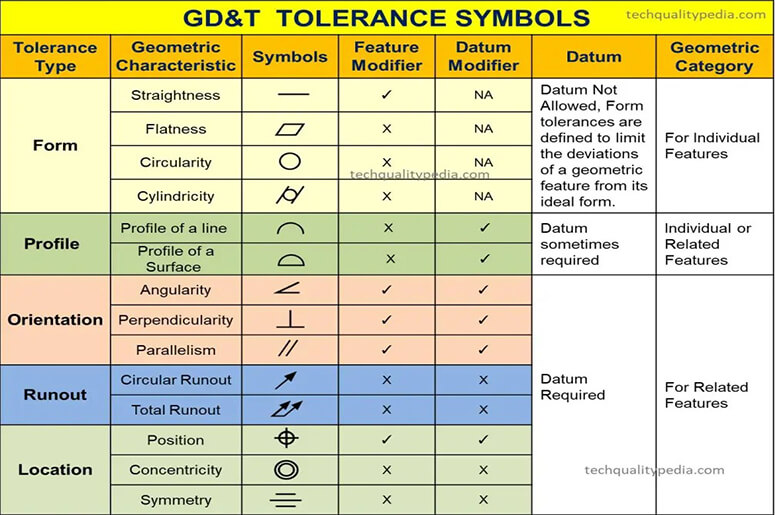These are common and affordable tolerances one can get from a metal fab shop.
- Sheet Laser Cutting
Tolerances:
Thickness: ±0.005″ (0.127 mm) to ±0.01″ (0.254 mm)
Length/Width: ±0.005″
Hole Diameter: ±0.005″
Surface Finish:
Typical finish: Rough to semi-finish, depending on material (mild steel can have some oxide layer). - Tube Laser Cutting
Tolerances:
Diameter: ±0.005″ DOM (0.127 mm) to ±0.025″ (0.381 mm)
Length: ±0.005″ to 0.01” (0.13 mm to 0.25 )
Hole Placement: ±0.005″ (0.13 mm) to ±0.010″ (0.25 mm)
Surface Finish:
Similar to sheet laser cutting with a rough to semi-finish.
Oxide layers may form, requiring post-processing. - Brake Press
Tolerances:
Bending Angles: ±0.5 degrees (best) to ±1 degrees (common gauge metal) depending on material and thickness.
Length: ±0.02″ (0.5 mm) Common Tolerance
Flatness after bending: ±0.030″ (0.76 mm)
Surface Finish:
Finish is typically raw or slightly smoothed.
No distinct finish after bending, but may require post-processing for cosmetic or functional purposes (e.g., coating or sanding). - CNC Milling
Tolerances:
General: ±0.005″ (0.13 mm) for most parts.
Hole Diameter: ±0.010″ (0.25 mm) Drilled
Interoperated ±0.001″ (0.025 mm)
Bored +/-0.0005 (0.013mm)
Flatness: ±0.002″ (0.051 mm)
Parallelism: ±0.002″ (0.051 mm)
Surface Finish:
Typically milled surfaces, with fine finishes possible using tools like end mills or ball nose cutters.
Finishes can range from rough (for non-precision parts) to smooth (e.g., for bushings or bearings). - CNC Lathe / Turning Center
Tolerances:
Diameter: ±0.001″ (0.025 mm) to ±0.002″ (0.051 mm) Quick
±0.0005″ (0.013 mm) Precision in most metals
Length: ±0.005″ (0.127 mm)
Roundness: ±0.002″ (0.051 mm)
Surface Finish:
Depending on tooling and settings, CNC lathe finishes can range from rough to highly polished.
A smooth finish is often achieved with fine cutting tools and finishes up to 16 RMS. - Weldments
Tolerances:
Length/Width: ±0.063″ (1.6 mm)
Angularity: ±1.0 degrees
Flatness: ±0.030″ (0.762 mm) For many jobs
Surface Finish:
Generally rough, with potential for spatter and heat marks.
Post-weld grinding, sanding, or polishing may be necessary depending on the requirement.
Weld seams can also require cleaning, grinding, and smoothing. - Hand Grinding
Tolerances:
Typically not used for highly precise tolerances.
Grinding is more for cosmetic or finishing applications.
Precision work may yield tolerances of ±0.010″ (0.254 mm).
Surface Finish:
Surface finish varies from coarse to smooth, depending on the grade of abrasive and pressure applied.
Common finishes are rough, but hand grinding can also be used for finishing with a smoother surface if required. - Surface Grinding
Tolerances:
Flatness: ±0.0005″ (0.0127 mm)
Parallelism: ±0.001″ (0.025 mm)
Surface Finish:
16-32 RMS for fine finishes.
Surface Finish:
Smooth, flat surfaces with minimal roughness.
Ideal for precision parts that require exact flatness and smoothness.
Surface grinding is often used to achieve very fine finishes (down to 4 RMS).
This is a quick overview of the cost-effective and reasonable tolerances to be expected from a metal fab shop. Each process has specific capabilities that meet a wide range of requirements, depending on the material, part size, and intended application. Understanding these tolerances helps ensure that your project runs smoothly and that you receive a final product that meets both functional and aesthetic expectations. Additionally, it’s important to work with a skilled and reliable fabrication shop to ensure these tolerances are met consistently across your entire production process.
By choosing the right metal shop that provides a range of services like laser cutting, CNC machining, and welding, you can be confident that the tolerances required for your project will be achieved. Moreover, investing in high-quality fabrication and precision manufacturing ensures the long-term durability and functionality of your products, making it a crucial step in achieving your goals.







